What are the guidelines for preparing the lesson "Hai quan niệm về gia đình và xã hội" for 12th-grade students in Vietnam? What are the required outcomes regarding the academic topic - Learning about the creative style of literary schools in the 12th-grade Literature curriculum in Vietnam?
What are the guidelines for preparing the lesson "Hai quan niệm về gia đình và xã hội" for 12th-grade students in Vietnam?
Below are guidelines for preparing the lesson "Hai quan niệm về gia đình và xã hội" for 12th-grade students in Vietnam:
1. Guidelines for preparing the lesson "Hai quan niệm về gia đình và xã hội" during reading:
Question 1: Pay attention to the difference between how the husband and wife assign work to Xuan.
In the excerpt, there is a clear difference between the way the husband and wife assign tasks to Xuan Toc Do:
- The husband assigns work in a verbose, pompous, and vague manner.
+ The husband talks about Xuan's tremendous responsibility in the Westernization effort, turning it into a mission of macro-scale importance:
"You must remember well that from today onward you are participating in the social reform. Whether society becomes civilized or savage from now on rests on your shoulders!”
+ The husband's manner of speaking is full of clichés, is abstract, lacks practicality, and does not provide specific guidance.
- The wife assigns tasks briefly, practically, and simply.
+ In contrast to the husband, the wife simply hands Xuan the dusting brush and says:
“That means whenever you’re free, pick up this brush and dust off the silks and clothes on the mannequin.”
+ This way of assigning tasks is straightforward, practical, and suitable for Xuan's work in the tailor shop.
=> This difference shows the contrast between hollow theory and practicality. The husband likes to show off, preaching without helping Xuan in the work, while the wife is more practical, getting straight to the main task.
Question 2: Placing the work within the Vietnamese cultural context of the 1930s, what do you think about the fashion models in the Westernized tailor shop and the naming of these outfits?
In the 1930s, Vietnamese society began to experience strong cross-cultural exchanges between Western and Eastern traditions. The Westernization movement brought changes in lifestyle, ideologies, and even fashion.
- Fashion models in the Westernized tailor shop
+ Fashion in the tailor shop is described as gaudy, indecent, and suggestive, completely opposed to the traditional modest Vietnamese attire.
Example: Clothing features such as “Exposing the arms and neck”, “Exposing up to the armpits and half of the breasts”...
- The provocative, illogical naming of the outfits
+ Outfits are given names like “Innocent”, “Conquest”, “Hesitant”, “Wait a Minute” – names that evoke feelings of ambiguity and are easily misunderstood.
+ These names show a commercial mindset, turning fashion into a tool to evoke sensuality rather than to honor the beauty of women.
=> Vu Trong Phung satirizes and critiques the superficial Westernization movement, where people chase form without understanding the essence, turning clothing into tools to entice and attract customers through shock value.
Question 3: Do you think with such "learning", Xuan Toc Do can successfully complete the sales work for the Westernized tailor shop as the owners have entrusted him?
Not at all. Xuan Toc Do is merely rote-learning mechanically without truly understanding the essence of the work.
- Xuan does not understand the true meaning of the clothing designs. He merely repeats slogans like “Exposing the arms and neck means Puberty!”, “Exposing up to the armpits and half the breasts means Innocence!” without understanding their meaning. This leads him to be unable to professionally advise customers.
- Xuan lacks knowledge about fashion. When customers inquire, he only gives naïve, subjective remarks, lacking professionalism.
Example: When seeing Mrs. Typn in conservative attire, he does not evaluate based on fashion knowledge but merely says: "Madam, you look only virtuous and decent, not very modern.”
- Xuan is ridiculous, opportunistic, without any consciousness of the work. He only cares about exploiting opportunities to flatter, praise, and benefit himself, rather than truly working. His flirting with Mrs. Typn and pretending to use flowery words to protect women in the Westernization movement shows he is merely exploiting the movement for personal gain.
=> Xuan Toc Do cannot complete the work seriously as he lacks ability, knowledge, merely rote-learns, and acts opportunistically.
Question 4: Compare Mrs. Typn's attire with the clothing in the Westernized tailor shop.
| Criteria | Mrs. Typn's Attire | Clothing in the Westernized Tailor Shop |
| Style | Conservative, simple | Overly revealing, provocative |
| Outfit Details | Simple black velvet with round-neck áo dài and white pants | Dresses and blouses with designs like “exposing arms, neck, up to armpits, half the breasts” |
| Purpose | Traditional attire, appropriate for old ethical standards | Aimed at flaunting and seduction to demonstrate modernity |
| Perception | Ridiculed by Xuan Toc Do as “old-fashioned”, “not modern” | Praised by the fashion designer as “the pinnacle of Westernization” |
=> Through this opposition, Vu Trong Phung critiques the irrational fashion perspectives of the Westernization movement, evaluating attire not by aesthetics but by degree of exposure.
Question 5: Compare Mr. Typn’s language when speaking to Xuan Toc Do at the beginning of the excerpt to his language when arguing with his wife.
- When speaking to Xuan Toc Do: Language is elevated, pompous, hard to understand, using many terms to appear scholarly. This way of speaking purposely complicates simple things, showing hollowness.
Example: “You must be open-minded to immediately remember, to be able to listen and chat charmingly. You must understand the duty of the vang do (vendor), which means a salesperson!”
- When arguing with his wife: Crude, rude language, revealing an authoritarian, domineering nature. From the flowery rhetoric when instructing Xuan about fashion, Mr. Typn becomes a conservative figure, forbidding his wife from dressing modernly.
Example: “Go take off those white pants immediately! Or else there’ll be no more husband and wife!”
=> This change reveals Mr. Typn’s hypocrisy, exposing the dual nature of those claiming “social reform” but still retaining patriarchal thoughts.
2. Guidelines for preparing the lesson "Hai quan niệm về gia đình và xã hội" answering questions
Question 1: When does the conversation between Xuan Toc Do and Mr. and Mrs. Van Minh, Mr. Typn about work at the tailor shop take place and what is its role in the story told in the text?
- Timing of the conversation:
+ The conversation takes place at noon when Mr. and Mrs. Van Minh and the guests have left the tailor shop to have lunch.
+ In the tailor shop, only Xuan Toc Do remains, an uneducated person yet playing the role of "participating in Westernization and social reform".
- Role of the conversation:
+ Creates a humorous and ironic situation: An ignorant figure like Xuan is entrusted with the responsibility of helping society become "civilized". This highlights the absurdity and illogicality of the half-hearted social reform movement.
+ Exposes the pretense of the upper class: Mr. and Mrs. Van Minh and Mr. Typn play roles as reformers, but in reality, they simply follow trends for profit. They use flowery language to mask their self-serving and pretentious nature.
+ Acts as a stepping stone for Xuan Toc Do's "advancement": Despite being ignorant, he manages to deceive and pretend to be knowledgeable to establish a position in this deceitful society.
Question 2: What "advantage" does Xuan have to gain the trust of Mr. Typn's wife? What details or words reflect this "advantage" of Xuan?
- Xuan's "advantage":
+ Xuan does not have knowledge about fashion but has the ability to skillfully flatter, quickly adapt, and speak eloquently.
+ He understands Mrs. Typn’s psychology – a woman dissatisfied with her husband and eager to affirm her equal rights.
- Details and words that reflect Xuan's "advantage":
+ Observing Mrs. Typn's anger at being suppressed by her husband, Xuan immediately seizes the opportunity to win her favor:
“To oppose this, Madam should only give attention to the shop and immediately order an outfit called Women's Rights: Wearing it, a wife will instill fear in her husband...”
+ He also uses fake, flowery language, pretending to be knowledgeable to gain Mrs. Typn's favor:
“We are not merely reforming the exterior as slandered by outdated moralists.”
- He praises women, making Mrs. Typn feel protected and respected:
“We are highly favored by the creative spirit.”
=> Xuan Toc Do does not need real knowledge or competence, he only needs eloquence, an opportunistic approach, knowing how to flatter and play to others' psychology to gain trust, even within the upper class.
Question 3: What significance does the work at the Westernized tailor shop have for Xuan's future advancement? What detail makes you recognize this significance?
- Significance of this work for Xuan:
+ The tailor shop serves as a gateway for Xuan to enter the upper class, providing opportunities to interact with the wealthy and powerful.
+ Thanks to this work, Xuan can continue "polishing" himself, exploiting gullible wealthy women like Mrs. Typn to rise in society.
+ It is also an environment where he learns to flatter, boast, and play the “intellectual” role, even though he does not really understand social reform.
- Detail indicating this significance:
+ Xuan deceives Mrs. Typn by promising to protect her in the "Westernization". He uses fake and manipulative language, playing psychologically with her.
+ He recognizes the deceit of the social reform movement but still exploits it for personal advancement: “What is this worth?”
+ Although he was just an assistant in the tailor shop, Xuan was able to elevate himself as “someone responsible for whether the nation becomes civilized or savage,” showing he knows how to exploit circumstances to rise higher.
=> The work at the tailor shop acts as a turning point that helps Xuan transition from an unknown to someone with a position in the deceitful society, where real value is secondary to cleverness and opportunity.
Question 4: List in the table below Mr. Typn's actions and words, from which, give comments on his personality and views on "fashion reform" in particular and "social reform" in general.
| Mr. Typn's Actions and Words | Comment on Personality and Views |
| When instructing Xuan, Mr. Typn speaks in a flowery, verbose manner about aesthetics and fashion trends: “Exposing arms and neck means Puberty! Exposing up to armpits and half breasts means Innocence!” | Pretentious, ridiculous: He turns fashion into something exaggerated, trivial, without real aesthetic value. |
| When seeing his wife in white pants, he exclaims: “God! My wife? My wife actually dressed that modern?” | Patriarchal, hypocritical: Advocates reform but doesn’t accept his wife’s change. |
| When arguing with his wife, he says: “Women mean other people’s wives and sisters, not my wife and sisters.” | Conservative, selfish: Believes reform is for other women, not his wife. |
| When his wife argues back, Mr. Typn seeks support from the journalist to justify his views. | Lacking standpoint, swayed by public opinion: Has no true beliefs, only echoes societal views. |
| Mr. Typn pulls his wife out of the tailor shop, commanding: “Go take those white pants off immediately! Or else no husband, no wife anymore!” | Rude, patriarchal: Uses power to suppress his wife, doesn’t accept female change. |
=> General Comment: Mr. Typn exemplifies those who advocate reform but are conservative, patriarchal, liking to control others. For him, reform is merely superficial, not stemming from true belief. Mr. Typn and those alike are symbols of pretense in the contemporary bourgeois society.
Question 5: State the theme of the text. What significance do the actions and words of Mr. and Mrs. Van Minh and the journalist have in portraying that theme?
- Theme of the text:
+ The text sharply criticizes the deceit and ridiculousness of the half-hearted Westernization movement in Vietnam’s upper society in the 1930s.
+ It exposes the moral decay, pretentiousness, and hypocrisy of the urban bourgeoisie, where they advocate reform in words but retain old ideologies.
+ It satirizes the absurdity of opportunists like Xuan Toc Do, who “make a show” and are recognized as having societal responsibility.
- Role of Mr. and Mrs. Van Minh and the journalist in portraying the theme:
+ Mr. and Mrs. Van Minh:
++ Say one thing, do another: They advocate reform and Westernization of women but still prioritize personal interests, wanting only to profit from the movement.
++ Mrs. Van Minh assigns the task of social reform to Xuan with a... feather duster – a deeply satirical detail exposing their pretentious, superficial nature.
+ The journalist:
++ Plays the role of defending the ideology of the bourgeois class, justifying their contradictory perspectives.
++ When Mr. Typn argues with his wife, the journalist helps him explain:
++ “Women mean other people’s wives and sisters, not my wife and sisters.”
- This statement exposes hypocrisy: they want societal change but don’t accept change within their own families.
=> These characters contribute to clarifying the text’s theme: criticizing the fake Westernization movement and exposing the absurdity of the upper class in early 20th-century Vietnamese bourgeois society.
Question 6: According to you, what is the "meaning of the reform of Mr. Tailor" that Xuan Toc Do is puzzled by, and what does this reveal about the narrator's attitude towards the Westernization and Western influence in urban Vietnam in the 1930s that the text reflects?
What is "the meaning of the reform of Mr. Tailor" in reality?
- It has no real meaning at all! It’s just a formality, willful pretension, aimed at turning women into tools to profit from “modern” provocative clothing.
- The essence of "reform" by Mr. Typn is to create absurd outfits, with ridiculous names like "Innocence", "Conquest", targeting the irrational fashion trends of the bourgeois society.
- He doesn’t truly want to reform society but exploits the movement for business.
- The attitude of the narrator towards Westernization and Western influence:
+ Sarcastic and deeply satirical.
+ Does not completely oppose adopting Western civilization, but criticizes the way the Vietnamese upper class adopts it in a twisted, illogical way, focusing only on form without real substance.
+ Exposes the pretentious intellectuals, those exploiting the Westernization movement for personal gain, creating a chaotic society filled with contradictions.
=> Through Xuan not understanding the "meaning" of reform, the author emphasizes that even those implementing reform don’t truly understand what it actually is.Question 7: Comment on the language and speech of the characters in the excerpt. Compare with the language and speech of the characters in a medieval narrative work you have studied.
- Comments on the language and speech of the characters in the excerpt:
+ Language rich in satire and sarcasm: Characters say one thing but do another, showing contradiction and hypocrisy.
+ Xuan Toc Do learns by rote like a parrot: "Bare arms and neck mean Adolescence! Bare armpits and half-bare breasts mean Innocence!"
+ Mr. Typn speaks of morality when guiding Xuan but yells rudely when he sees his wife wearing white pants: "Go and take off those white pants now! Otherwise, no more husband, no more wife!"
+ The journalist speaks with empty reasoning, speaking only to defend patriarchal views: “Women mean other people's wives, sisters, daughters, not my wife, sister, daughter.”
- Compare with the language in a medieval narrative work:
+ In medieval works such as Truyen Kieu (Nguyen Du) or Chuyen Nguoi Con Gai Nam Xuong (Nguyen Du), characters speak solemnly, with rich conventions and florid expressions.
Example: In Truyen Kieu, Thuy Kieu laments with a sorrowful, poetic tone:
"Oh, how painful are the fates of women / The words 'ill-fated' are the words for all."
- In So Do, the dialogue is very ordinary, raw, with high satire, full of sarcasm.
=> The language in So Do has a higher realism, accurately reflecting the chaos and decadence of the bourgeois society.
Question 8: In your opinion, what artistic style does the novel So Do belong to? What role do satirical techniques play in expressing the characteristics of that style?
- Artistic style of So Do
+ So Do belongs to a critical realism style combined with sharp satire.
+ It unmasks the pretentious and ridiculous nature of upper-class urban Vietnamese society in the 1930s.
+ It creates a distorted social picture, full of paradoxes, where ignorant and rogue figures like Xuan can "ascend."
- Role of satirical techniques:
+ Mocks the deceit of the Westernization movement: Every character talks about reform, but no one understands what reform means.
+ Creates ironic and paradoxical situations: Xuan Toc Do is ignorant but is still considered a "social reformer."
+ Uses sarcastic language, dialogues full of satire: Mr. Typn is both an artist and a rude conservative.
+ Highlights social degradation: When real values are overturned, opportunists are celebrated.
=> Thanks to satirical techniques, So Do is not only entertaining but also a sharp realistic work, accurately reflecting the distorted changes in Vietnamese society at that time.
Note: Content is for reference purposes only!
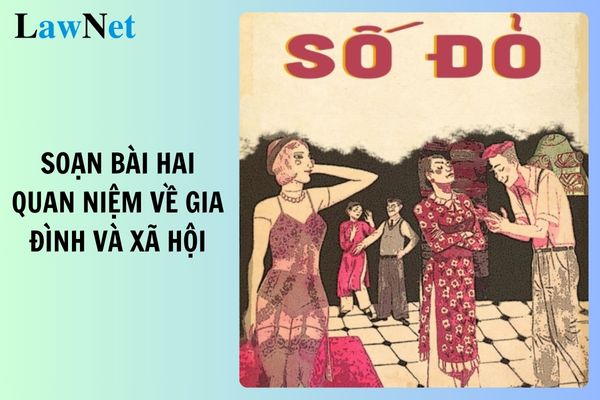
What are the guidelines for preparing the lesson "Hai quan niệm về gia đình và xã hội" for 12th-grade students in Vietnam? What are the required outcomes regarding the academic topic - Learning about the creative style of literary schools in the 12th-grade Literature curriculum in Vietnam? (Image from Internet)
What are the required outcomes regarding the academic topic - Learning about the creative style of literary schools in the 12th-grade Literature curriculum in Vietnam?
Under the General education program in Literature issued accompanying Circular 32/2018/TT-BGDDT, the required outcomes regarding the academic topic - Learning about the creative style of literary schools in the 12th-grade Literature curriculum in Vietnam are:
- Recognize the creative style of a literary school (movement) through some basic characteristics.
- Know the requirements and methods for exploring the creative style of a literary school.
- Be able to write an introduction about the creative style of a literary school.
- Apply the knowledge from the academic topic to explore the creative styles of different literary schools.
- Be able to present the creative style of a literary school.
What are the required outcomes regarding the writing practice in the 12th-grade Literature curriculum in Vietnam?
According to Section 5 of the General Education Program in Literature issued with Circular 32/2018/TT-BGDDT, the required outcomes regarding the writing practice in the 12th-grade Literature curriculum in Vietnam include:
- Being able to write a speech for the launch of a movement or a social activity; clearly presenting the system of arguments; having a tight structure with an impressive introduction and conclusion; using accurate, reliable, appropriate, and sufficient arguments and evidence; being able to present rebuttal opinions for exchange and debate; using explanatory and emotional elements.
- Being able to write a discursive essay about an issue related to youth.
- Being able to write a comparative and evaluative essay on two literary works.
- Being able to write a text in the form of a letter discussing work-related or concerning issues.
- Being able to write a report on the results of a project task or research findings on a natural or social issue; using diagrams, and charts, explaining illustrative images, using citations, and footnotes, and presenting the reference materials appropriately.

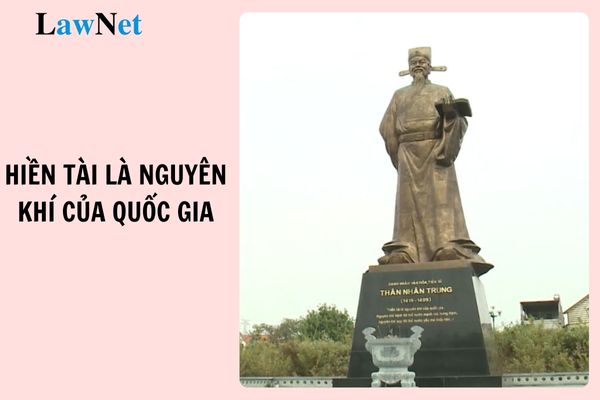
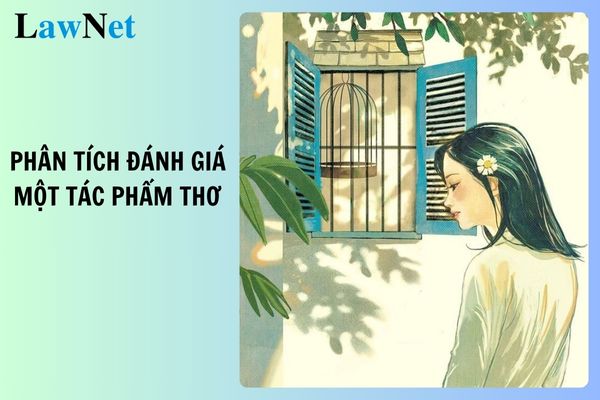
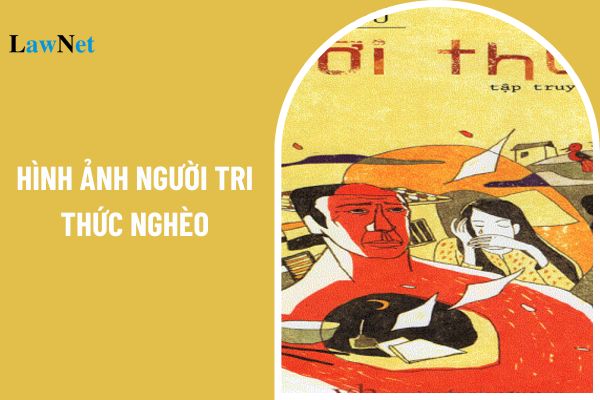

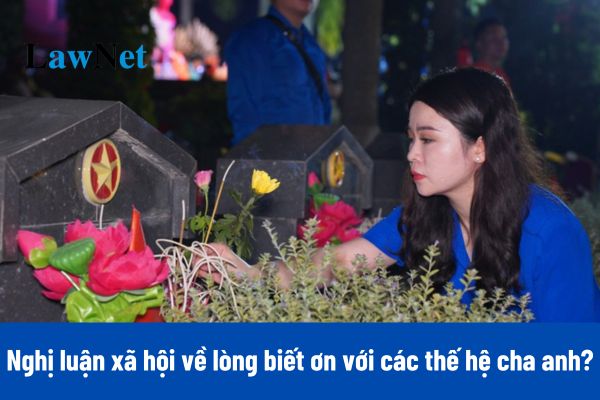
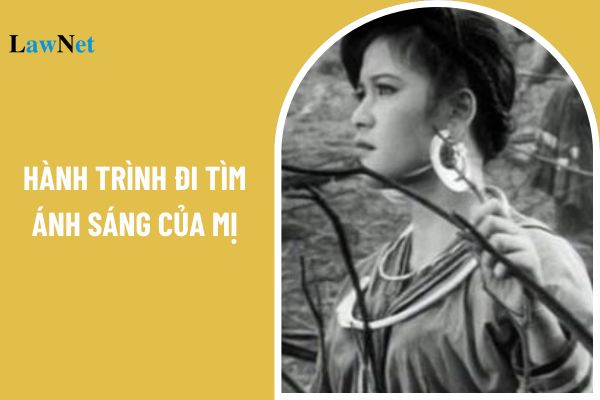
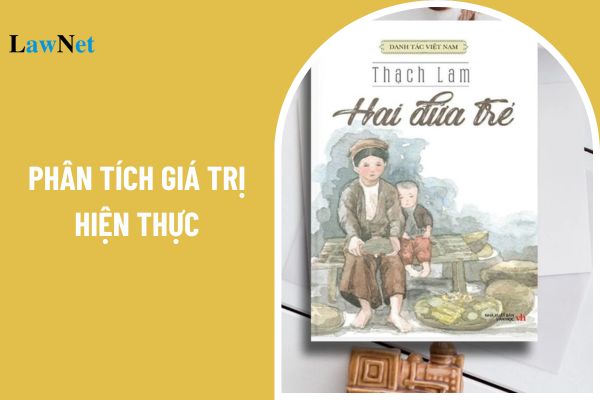
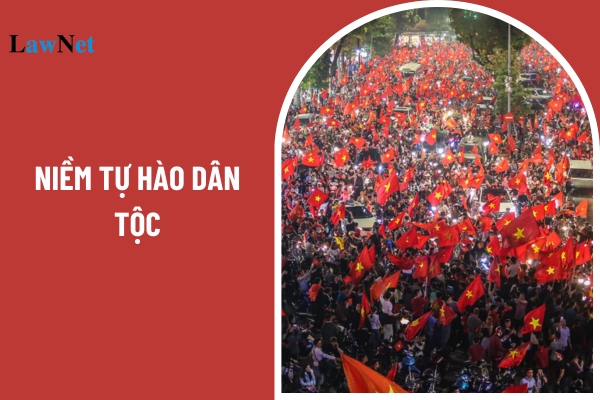
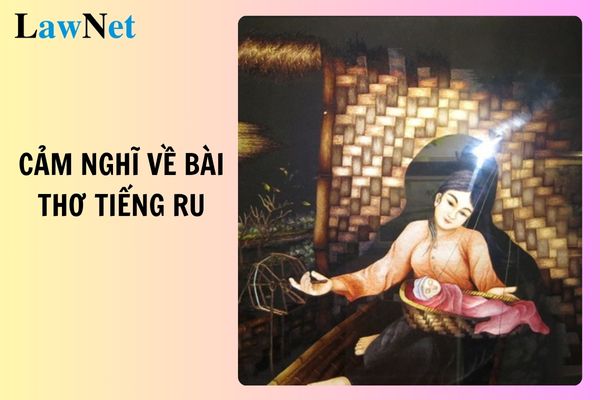
- What are the 10 best sample argumentative essays on gratitude? What are the regulations on the attire of 7th-grade students in Vietnam?
- What are the 04 best sample analysis essays on the story "Lặng lẽ Sa Pa"? What are the general objectives of the Literature curricula in Vietnam?
- What are the 03+ sample outlines for expressive essays on people or events for 7th-grade students in Vietnam? What are the duties and powers of lower secondary schools in Vietnam?
- What is the sample outline for an analysis essay on Kim Lan's short story "Làng"? How many periodic assessments per semester do 9th-grade students in Vietnam undergo?
- What are the regulations on the method of enrollment for lower secondary education in Vietnam?
- What are the 03 sample essays on a form of art? What are the objectives of the Vietnamese language subject at the primary level?
- Is Decision No. 448/QD-BGDDT 2025 regarding the establishment of an inspection delegation for compliance with Circular 29 on extra classes in Vietnam available?
- What is the list of universities applying admission by academic records in Ho Chi Minh City in 2025? What are the priority policies in enrollment for undergraduate programs in 2025?
- What is the enrollment plan for 6th grade and 10th grade for the 2025-2026 school year in Quang Nam Province?
- Does the People's Police Academy of Vietnam announce the enrollment of 530 candidates in 2025?

